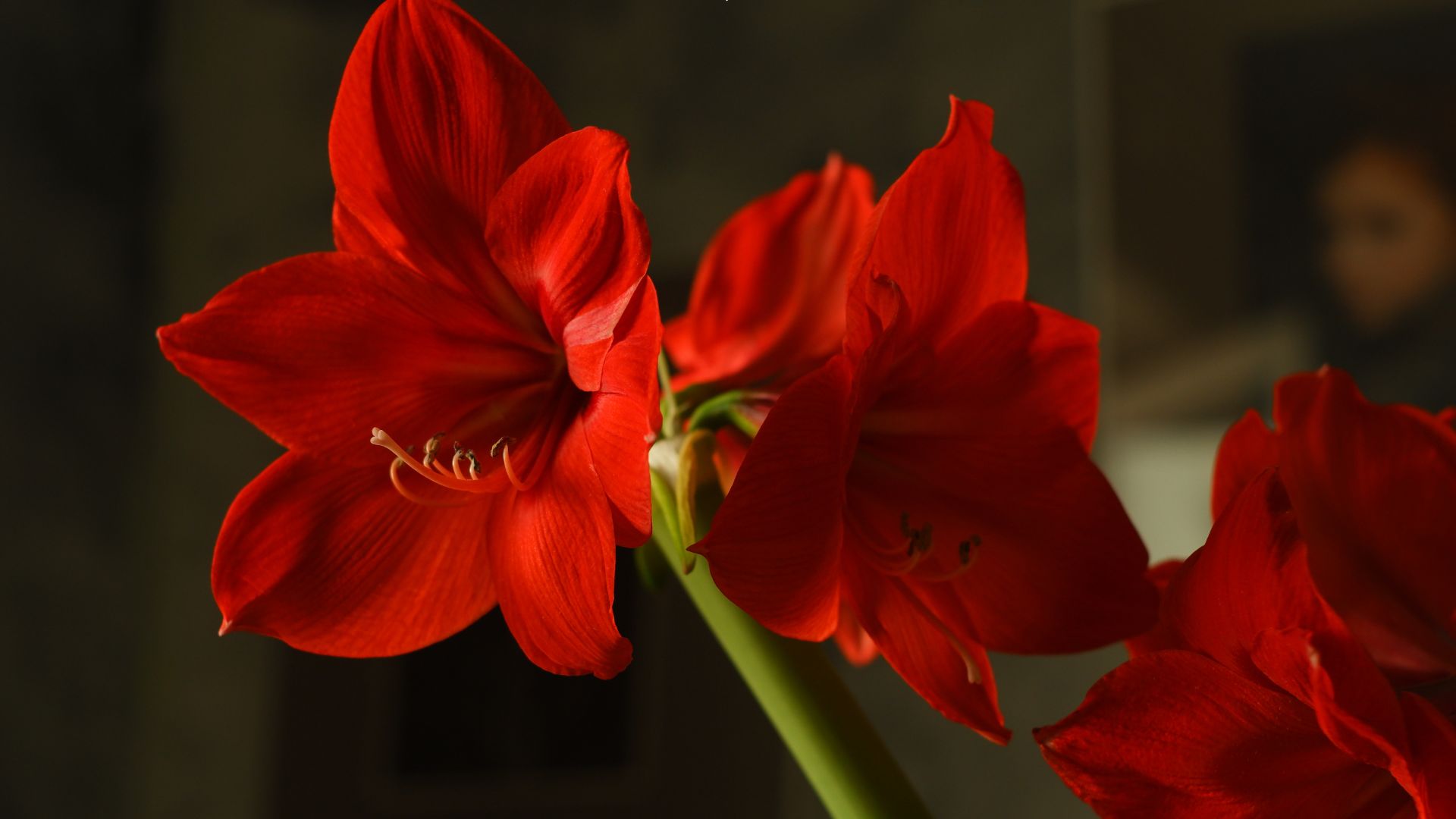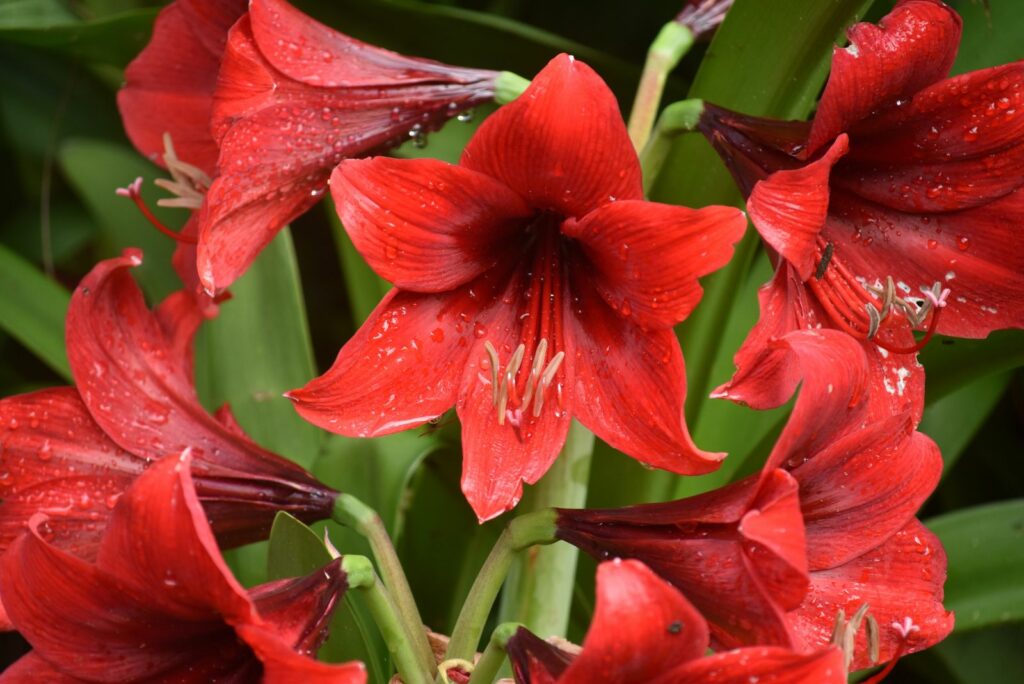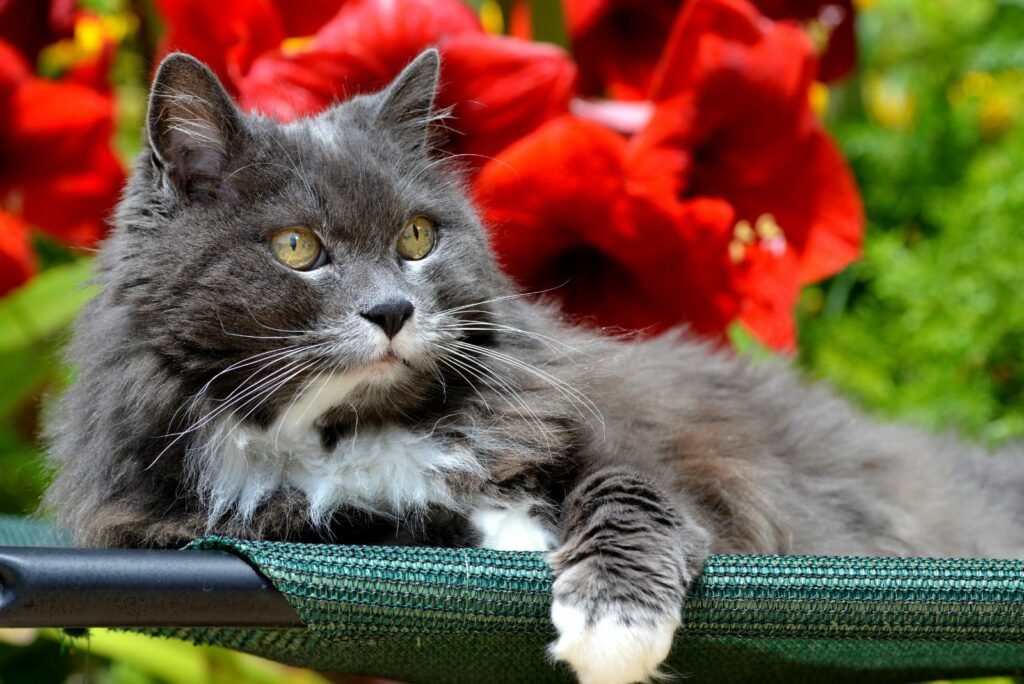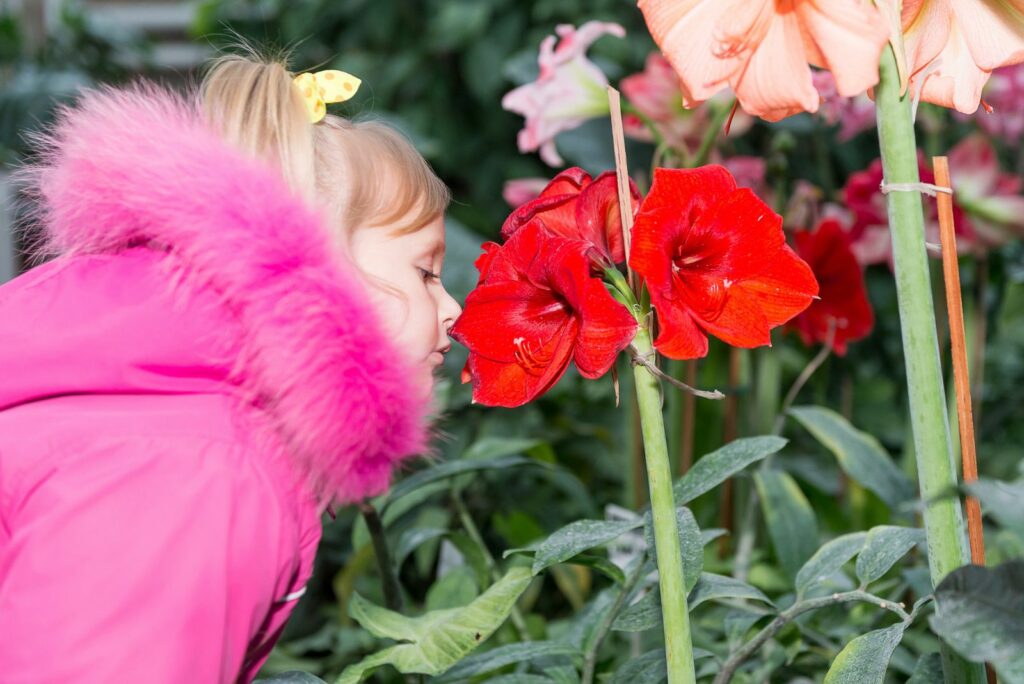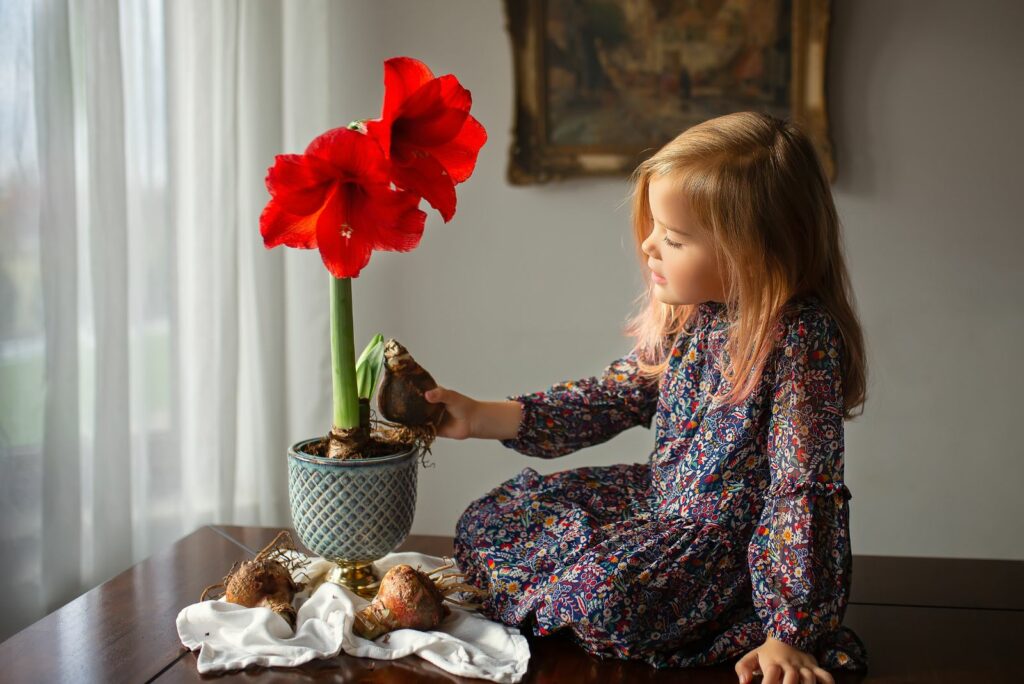The holiday season is just around the corner and all gardeners are thinking about growing festive plants. One holiday favorite is amaryllis.
This plant is easy to care for and it thrives indoors and out with a bit of sun and water. In warmer places, it can even bloom beautifully in garden beds.
But did you know that every part of the amaryllis is toxic, especially for dogs and cats? And it’s not just pets either – kids could be at risk too!
After learning this, I decided to move my amaryllis to a spot where it’s out of reach (better to be safe than sorry).
So, before you add this tropical beauty to your space, read on for tips on how to enjoy it safely and keep your pets and family worry-free.
Amaryllis Contains Harmful Toxins
We can all agree that amaryllis is a beautiful plant that brings festive cheer to our homes, but it also has a dark side…
Turns out, every part of this plant, from the gorgeous flowers to the stem and down to the bulb, contains a natural toxin called lycorine. And if you think the blooms are bad, just wait – the bulb is the worst part because it contains the highest concentration of this substance.
Lycorine can cause some pretty nasty reactions if ingested, like vomiting, drooling, and stomach issues (not something you want for your kids or pets).
So, as stunning as these plants are, amaryllis should be admired from afar. If you’re a fan of this flower but also value peace of mind, just keep it out of reach of pets, kids, and anyone else that might like to take a bite!
Related: These 16 Popular Houseplants Might Be More Dangerous Than You Think!
Pets Are Naturally Attracted To It
Cats and dogs are especially vulnerable to amaryllis. Simply touching or ingesting this plant can cause a range of unpleasant reactions, such as itchy skin and severe stomach issues.
Pets that eat even a small amount might experience drooling, vomiting, diarrhea, or even tremors. In severe cases, it can lead to seizures or worse.
So if you notice these symptoms in your furry friend, reach out to your vet or call the Pet Poison Hotline immediately. Taking simple precautions can help everyone enjoy the beauty of amaryllis without any of the danger.
Related: Is The ZZ Plant Toxic To Cats? Find Out The Answer Here!
It May Put Your Kids At Risk
If a child touches or ingests part of an amaryllis, it might be just unpleasant… but in some cases, it might be super harmful.
This toxic compound can irritate the skin and cause serious issues like nausea, vomiting, and stomach pain if ingested. Kids are especially vulnerable, as even a small amount can upset their sensitive systems.
The effects can be more severe if larger amounts are consumed, which is why you should immediately contact the doctor if you suspect it.
Keep everyone safe by placing your amaryllis high on a shelf!
Related: How To Plant Amaryllis Like A Pro
You Can Grow These Instead
Watching flowering bulbs grow indoors can bring so much cheer to the colder months. But you should be careful because many popular winter blooms, like hyacinths, tulips, daffodils, amaryllis, and lilies, are toxic (shocking, I know!).
The sweet scents of these flowers can be hard for curious kids and pets to resist, so it might be a better idea to choose the alternatives instead.
Luckily, there are plenty of pet- and kid-friendly houseplants that also produce bright blooms, like African violets, fuchsias, lipstick plants, canna lilies, and nasturtiums. While they’re not considered toxic, it’s still a good idea to keep these plants out of reach, just in case!
And don’t worry, many of these options are just as easy to grow indoors as our gorgeous plant. With their lively colors, they can make up for any missing holiday blooms.
So, either keep your amaryllis out of reach or opt for alternatives – the choice is yours!

